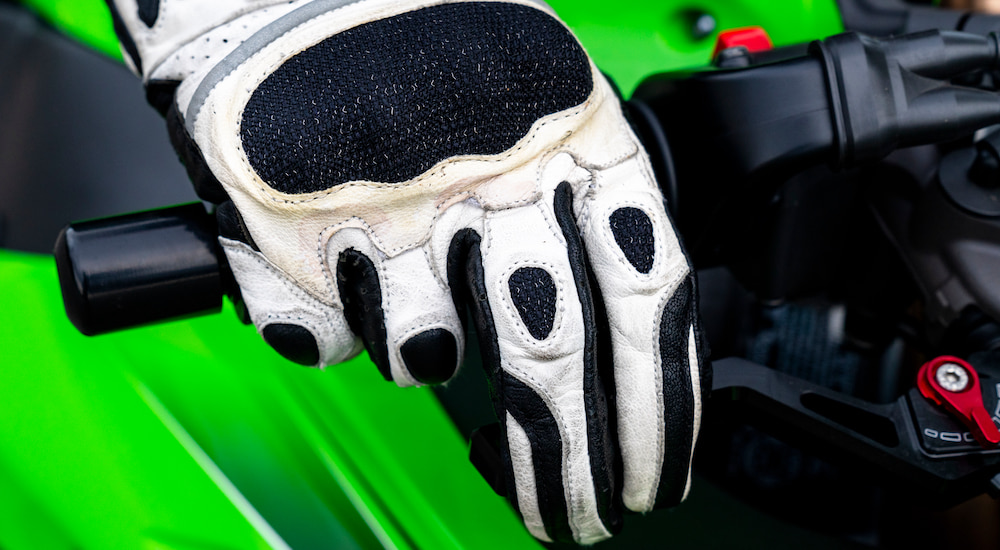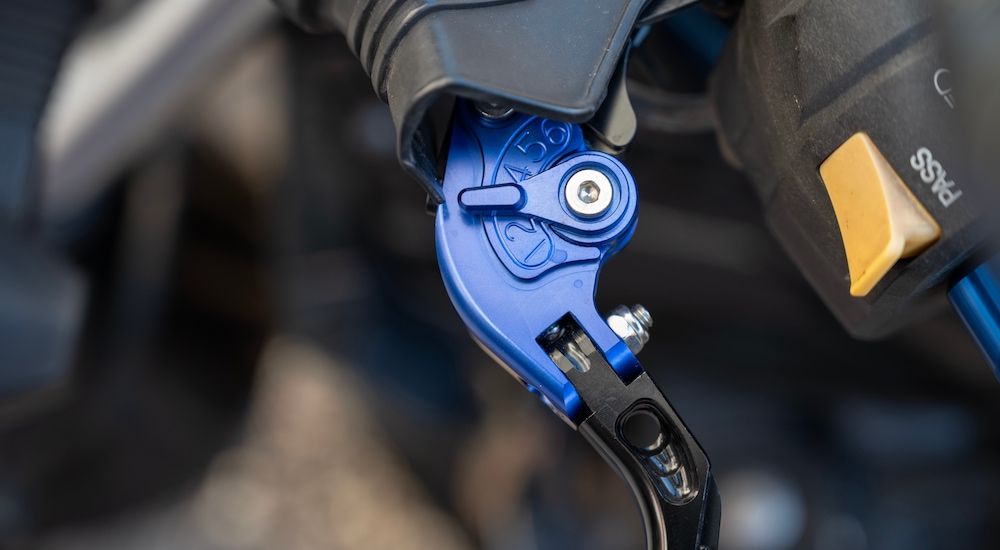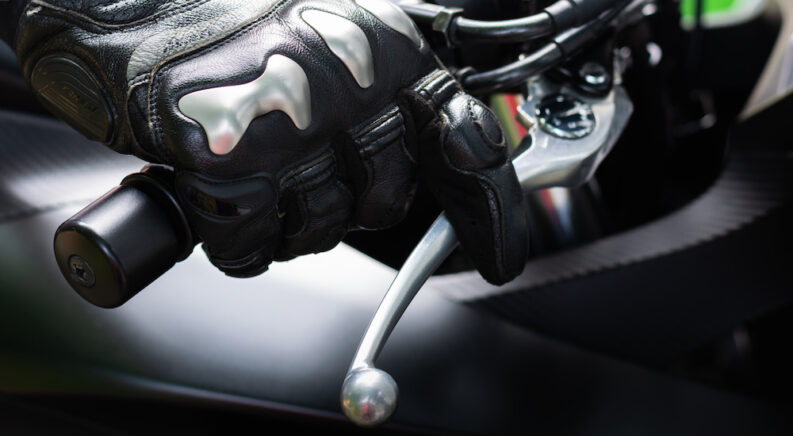Having the right levers on your bike is for more than looks. Motorcycle levers are crucial for performance, affecting how well the bike shifts and brakes and how comfortable your ride is. Unfortunately, as one of the more exposed parts of the bike and often one of the more brittle, they are highly susceptible to damage from accidents, frequent use, or harsh weather.
Perhaps you’ve been in a small jingle and snapped a lever. Or maybe the stock levers just aren’t doing what you need. Whatever the reason, it’s time for some new levers. What should you get? This guide looks at some of your options when upgrading or replacing motorcycle levers.
Benefits of New Motorcycle Levers
Which levers you get depends on why you’re replacing them in the first place. As such, I want to start by looking at some of the advantages of replacement motorcycle levers, as it will heavily influence what you should consider when shopping for new levers.
Durability: Upgrading to motorcycle levers that last longer and are less likely to break means you don’t have to replace them as often.
Comfort: The right levers allow the rider to grip them how they want to without worrying about whether short fingers will be able to reach them or their gloves or fingers getting caught.
Customization: New levers, especially aftermarket components, can be positioned for the best access that doesn’t interfere with other accessories.
Aesthetics: While the levers should be functional first and foremost, certain motorbike levers have an undeniable cool factor that adds a stylish pop.

What Types of Motorcycle Levers Are There?
Now it’s time to investigate the ways you can upgrade motorcycle levers. Each has its pros and cons, and the lever type you choose depends on your unique needs.
OEM Motorcycle Levers
The simplest option is to get OEM replacement levers for your motorcycle. This is sometimes the cheapest solution, and you’ll get a part that you know fits the bike. However, many motorcycles come with OEM levers that are made using lower-quality materials such as carbon steel and ceramic, and they aren’t very ergonomic or adjustable. The style tends to be pedestrian, too. Factory replacement motorcycle levers aren’t going to hurt the performance or looks of your bike, but they are often a starting point that other designs can improve upon.
Premium Motorcycle Levers
One of the biggest upgrades you can make to your levers is getting parts made of high-quality materials. Stainless steel, forged aluminum alloys, CNC-machined aluminum, and certain plastics are far stronger and more resilient than OEM levers. In most cases, they are lighter as well, which can provide a slight performance boost. The hardware such as the springs, fasteners, and bearings are of better quality, too. The downside is that the premium materials will cost much more upfront, although this may be offset in the long term by fewer replacements. Also, there is no guarantee that better material means a more functional design.
Long vs. Short Motorcycle Levers
Next to the material, the biggest choice you have when choosing a new motorcycle lever is the size. The standard motorcycle lever, or long lever, lets you apply more leverage to move the controls and do so more precisely. They tend to be wider as well, giving you excellent feedback, and the style is more prominent. It’s not all sunshine and roses, though. With long motorcycle levers, it’s easier to apply more force than you intended, which can be disastrous, especially when braking. The levers are also more exposed, making them more prone to impacts that bend or break.
Shorty motorcycle levers, which are typically 1.25 inches shorter than regular levers, also have their pros and cons. The compactness protects them during crashes, and they work well for riders with smaller hands. If you have larger hands, you can operate short levers with two fingers, increasing overall bike control by enabling you to keep two fingers on the grip as well. They have a sportier look, though shorty levers are more of an accent than a primary feature. The biggest downside is they have less leverage so you can’t apply as much force.
I recommend using long levers for street bikes and harder-to-move controls like the clutch cable. Short levers do better for track and off-road bikes that are more likely to be involved in incidents. You may also use them for the brakes on street bikes to prevent over-braking, especially if you don’t spend as much time in heavy traffic. Some manufacturers sell “mixed lever” sets with a long clutch lever and a short brake lever for these performance factors.
Folding Motorcycle Levers
Many aftermarket manufacturers offer motorcycle levers that will fold or flex upon impact. This can be done via specialized materials or design features such as a hinge. Whatever the method, folding levers solve one of the biggest drawbacks to standard levers, which is being more likely to break in a crash or fall. When the lever strikes the ground or an object, it will fold to absorb the impact force, then return to its original shape. You get all the regular benefits of long levers while being less likely to get stranded by a snapped lever.
Folding levers, sometimes called “unbreakable levers,” are an excellent choice for race bikes, dirt bikes, and anyone who rides in situations with a higher accident risk. Although you can get folding shorty levers, this feature is far more common in long levers for the reasons I mentioned. Quality is critical, though, as inferior folding levers will feel sloppy and be far less responsive. Some people will create makeshift folding levers by slightly loosening the stock attachments, but I don’t recommend this because of safety concerns.

Adjustable Motorcycle Levers
Most OEM levers are set in a fixed position, making them a “one size fits all” accessory that hardly fits anyone. True adjustable motorcycle levers, on the other hand, can be set in several positions using a knob or switch. This includes altering the height, how far the lever sticks out, and how close it is to the handlebars. Riders can change the layout based on everything from their hand size to where they’re riding on a given day. Adjustable levers are great for multi-rider bikes as well as adventure bikes that are used in a variety of conditions.
You can also adjust the levers by adding a perch, which is a mounting attachment that moves the levers to a different spot. This is usually a fixed adjustment, though, and can’t be undone easily. As such, perches are better for one-rider bikes primarily used in a certain environment.
Update Your Motorcycle with New Levers
Choosing the right levers can make a world of difference in the riding experience. Many levers are available depending on what design elements you prefer and what you have for a budget. In addition to options, functionality, and ergonomics, levers come in many colors, from basic black and bare metal to shades like red, yellow, blue, and green. If you’re getting aluminum levers, look for components that are anodized, which gives the lever better corrosion resistance and an unmistakable shine.
Do your homework when shopping for motorcycle levers to ensure you get levers that do what you need them to and are comfortable and good-looking while doing it. With dozens of reputable lever brands out there such as ASV, Works Connection, Ride It, MZS Tuning, and Renthal, you can find a reliable lever set that will fit you and your bike.

